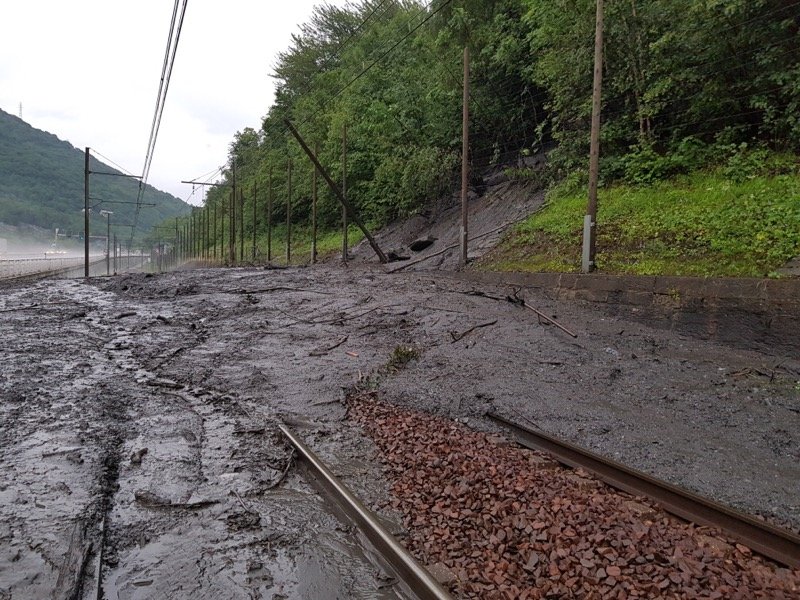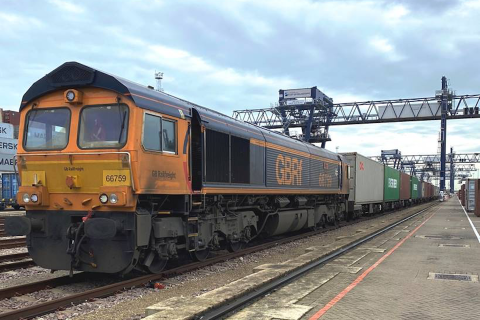Mudslide halts rail traffic between France and Italy until mid-August

A mudslide in the south-east of France has interrupted all rail traffic between France and Italy via Modane until 15 August. This was reported by the North Sea Mediterranean corridor management on Friday 5 July. The mudslide occurred on Tuesday 2 July. Alternative routes are currently being studied.
“Rail traffic between France and Italy is suspended until 15 August following the exceptionally intense storms in the Rhône-Alpes region on 2 July”, the corridor management reported in an alert sent out on Friday. Around 8pm on Tuesday, a 1.80 metre-high mudflow hit the railway track between Saint Michel-Valloire and Modane in France. Anticipating more severe weather conditions, rail traffic on the line was suspended on Thursday evening.
The affected track requires purge works, removal of excavated material, sanitation and other works before the railway line can be reopened. This is expected to take until 15 August, the corridor management wrote in the alert. This indicates a line closure of 41 days. “SNCF Réseau teams are fully mobilised to assess the line and define precisely the scope of the works to be carried out, which will determine the normal resumption of traffic”, the report added.
Text continues below the image

Alternative routes
At the time of the closure, no alternative lines had been defined yet. “Adapted transport plans and alternative means of transport are currently being studied”, the corridor management said. The RFC Mediterranean is in charge of the international coordination, with the participation of all involved infrastructure managers.
The coming weeks will be a test to the contingency management plan laid out by the European rail freight sector in response to the Rastatt debacle, which paralysed international rail freight traffic for seven weeks in the summer of 2017. This plan is summarised in a handbook, which includes standards that allow for the continuation of freight at the highest possible level in case of an international disruption. The latter is defined as ‘a disruptions with a forecasted impact on the affected section of more than three calendar days’. This applies to the disruption of rail traffic between France and Italy.
Updates
According to the handbook, a predefined re-routing overview is available for for each Rail Freight Corridor (RFC). These include “off-the-shelf” re-routing options and traffic management scenarios that minimise traffic disruptions. The document also describes the process to be followed: the corridor management and infrastructure manager involved must take the first mitigation measures within 12 hours after the accident. A rough indicative timetable should be available 24 hours later.
Information on the deviations will be regularly updated on the website of the corridor. Regular updates will also be published on RailFreight.com.
You just read one of our premium articles free of charge
Want full access? Take advantage of our exclusive offer





